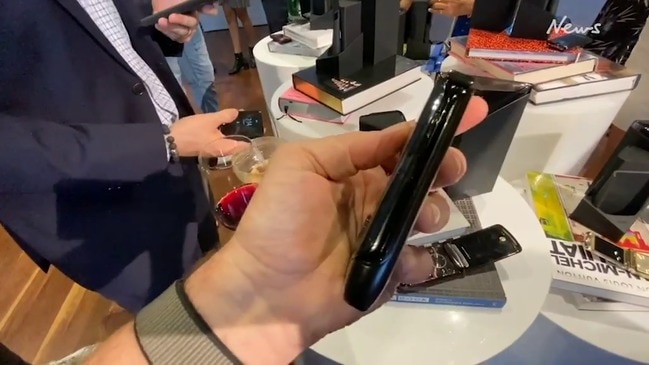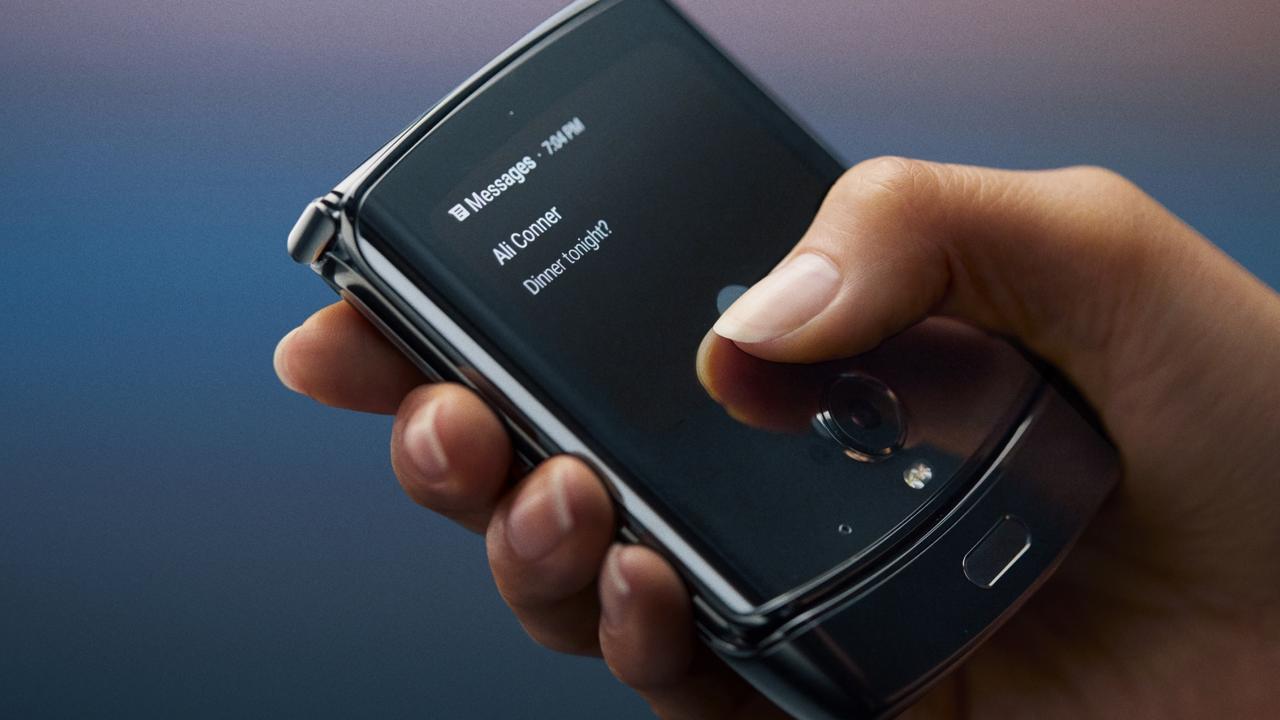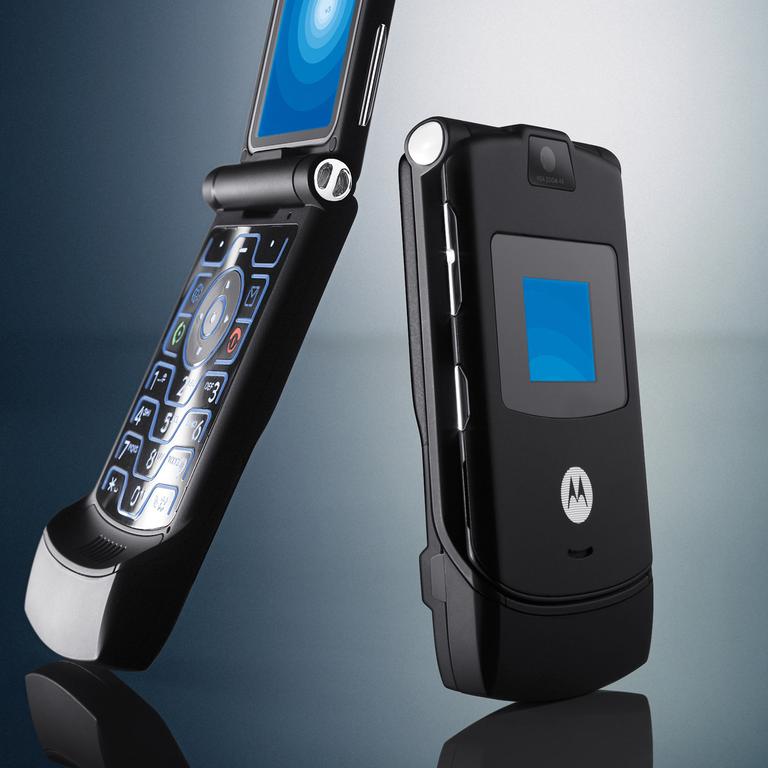Motorola Razr revival practically unfixable according to repair experts
The hotly-awaited revival of one of the most iconic phones of all time has been dealt a blow in the lead up to launch, but it’s not uncommon.

Motorola’s revival of its iconic Razr line has been torn apart by repair experts and it doesn’t look good for the company.
Repair instruction website iFixit regularly reviews the repairability of consumer electronics to assess how easy they are to fix if something goes wrong.
The new Motorola Razr is a foldable smartphone with an extremely complex design, hardly surprising given its unique form factor and status as an emerging technology.
“Motorola’s nostalgia-stoking Razr officially wins the award for most complicated phone-based contraption we’ve ever taken apart,” iFixit said in the teardown.
The website did note the engineering of the device was impressive but said manufacturers will have to make the new foldable devices more durable and repairable.
Replacing the battery is made doubly difficult by the fact that there are two of them on either side of the clamshell phone.
RELATED: Former drug lord’s threat to Samsung
RELATED: Samsung’s Razr rival revealed

iFixit said replacing the battery involves almost completely disassembling the device.
One of them also appears attached to the foldable plastic OLED display.
A mess of glue and grease makes accessing parts of the phone difficult as well, the website states.
Overall the device is given a repairability score of one out of 10.
The site does give zero out of 10 scores so it’s not the worst score it could have gotten, with the site noting you can repair the phone if you’re particularly skilled and persistent.
While it’d be easy to dismiss the latest case of a hard to repair new piece of tech with the classic adage that things just aren’t made the way they used to be, the companies making them are hamstrung by a commercial imperative to continue innovating with new technologies and designs.

When technology becomes more complex it naturally becomes harder to fix.
This is true for consumer electronics as much as it is for other sectors like modern cars.
The companies who make these products aren’t in the repair business and would prefer you buy a new product when yours fails or breaks (there’s a reason it’s called the “consumer” electronics business after all).
But consumers themselves are less enthused by this idea, particularly given these newer technologies often cost considerably more than the ones they replace, and themselves need replacing more often.
The Motorola Razr costs $2699, making it one of the priciest phones on the market.
Possibly the most egregious example of expensive electronics being impossible to repair is in true wireless earphones.
While objectively great innovation that solves the most annoying problem about listening to music on the move (by removing the cable), their small size and the construction methods necessitated by it make them impossible to repair.
RELATED: More money, same problems with Apple AirPods Pro

It gets a little better with full-sized wireless headphones, which are easier to get into in order to replace batteries.
Some companies even have removable batteries that allow you to easily swap them out when they no longer hold an adequate charge (or even if they go flat and you happen to have a spare).
But this is a huge step backwards from traditional headphones, the cables on which can be replaced or fixed relatively easily with some pretty entry-level soldering skills.
Those headphones also don’t have batteries that eventually need replacing, and there’s very little that can go wrong on them.
You could invest in one really good pair of wired headphones and there’s no reason why you couldn’t reasonably expect to still be using them a decade later.
That’s not even a remote possibility with the new designs.
It’s for this reason the people with an interest in consumer affairs push for so-called “Right to Repair” laws.
The Right to Repair movement has picked up steam in the EU, parts of the US, and recently in Australia.
It’s aimed both at ensuring consumers are able to repair products they’ve bought as well as reducing the amount of waste going into landfill.
ACT consumer affairs minister Shane Rattenbury took the idea for repair legislation to the Consumer Affairs Forum in August last year, and Assistant Tresurer Michael Sukkar promised he’d ask Treasurer Josh Frydenberg to have the Productivity Commission look into the idea.
The second hand and refurbished smartphone market is also picking up steam, with mobile virtual network operators like Boost and Nu Mobile now gives customers the option to easily buy a refurbished or second hand phone at a cheaper price.
Do you think electronics should be easier to repair? Let us know in the comments below.



